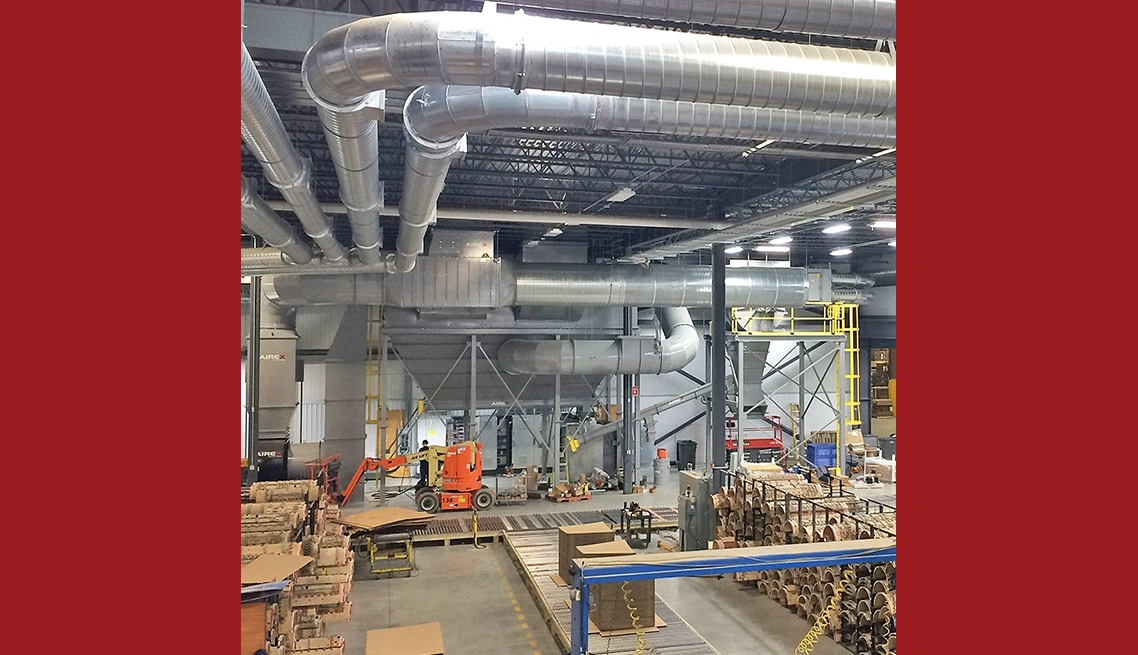PULP AND PAPER
Issues Encountered During Our Interventions
Dust
Particles generated by this application field accumulate quickly and must be addressed efficiently.
Humidity
Humidity level control is vital for the production of this application type.
Temperature
Some tasks require precise temperature control throughout product processing.
Air Change
To ensure ambient air quality standards, multiple air exchanges per hour are required.
High Energy Consumption
Processes related to this application field consume high amounts of energy.
Explosion Hazard
Dust particulate from some materials may be flammable and/or combustible.
Risks Associated With Pulp And Paper: What Do You Need To Know?
From paper or cardboard strips to clouds of fine volatile particles, you know as well as we do that your processes generate a great deal of dust. What about the hazards associated with your operations and the standards to be met? Examine your facilities and ask yourself:
- Is there a risk of deflagration associated with the particles emitted? Since paper and cardboard are organic compounds, they are highly explosive. Do you have the necessary measures in place to contain an explosion and protect your workforce?
- What types of dust are produced by your operations? Do their various shapes and fibres impact how they are captured?
- You have to manage a large volume of fast-paced production. Do you have dust collection solutions in place to prevent service disruptions due to paper clogging up your processes?
Pulp And Paper: Protect Your Workers’ Health
Whether you operate a paper plant, a sorting facility, or a printing company, your dust collector is your best ally. In addition to your high production volume issues and the competitiveness of your industry, there is also the health and safety of your workforce. Breathing dust from fine papers, sanitary tissue products, and cardboard over an extended period poses a health risk to the workers.
If these particles are not controlled through adequate ventilation, they can cause respiratory health problems. For example, your workforce may develop allergies to cellulose dust (the main component of paper), asthma, and other lung diseases. The Canadian federal regulations and the RSST in Quebec have set occupational exposure limits (OELs) for dust; cellulose has an OEL of 10 mg/m3 of respirable dust – a limit to keep an eye on!

